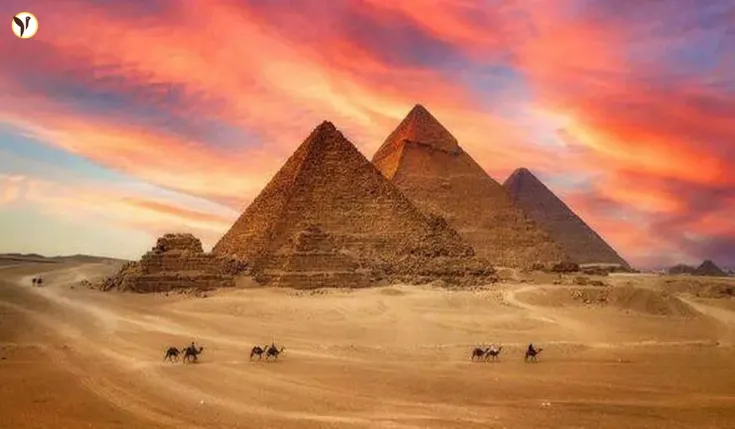Saving the Pyramids: Egypt Tackles Giza's Overcrowding Crisis
Egypt's magnificent Pyramids of Giza, a testament to human ingenuity and a cornerstone of its tourism industry, are facing a challenge: overwhelming visitor numbers. With nearly 17.5 million tourists in 2024 and a projected 30 million by 2030, the Giza Necropolis is struggling under the weight of its popularity. This article explores the overcrowding issue, the government's ambitious plan to revitalize the site, and the crucial role of sustainable tourism.
A Wonderland Under Siege
The Pyramids are undeniably breathtaking, but the sheer volume of visitors has transformed the experience for many. Aggressive vendors, chaotic traffic, and reports of animal cruelty have flooded social media with negative reviews, threatening Egypt's vital tourism sector (contributing approximately 10% of its GDP). Reddit threads and TikTok videos showcase the frustration of tourists whose dreams of witnessing this wonder are marred by a sense of disorganization and harassment.
Egypt's Masterplan: A $51 Million Revamp
In response, Egypt is launching a comprehensive $51 million revitalization project spearheaded by Orascom Pyramids. This initiative focuses on several key areas: establishing a new access point on the Cairo-Fayum road to alleviate traffic congestion near the Marriott Mena House; introducing 45 electric buses to replace polluting and often cruelly treated animal-drawn transport; restoring ancient tombs; implementing an online ticketing system; and cracking down on unethical commercial practices.
Beyond Aesthetics: Ethical and Environmental Considerations
This revamp extends beyond mere aesthetics. The plan directly addresses concerns about animal welfare, a critical issue highlighted by organizations like PETA. The transition to electric buses provides a humane and sustainable alternative to overworked animals. The crackdown on aggressive vendors aims to create a more respectful and enjoyable environment for both tourists and local residents. The government's commitment to sustainable practices signals a recognition that responsible tourism is essential for the long-term preservation of this invaluable historical site.
A Future for the Pyramids
Egypt's ambitious plan signifies a crucial shift towards sustainable and responsible tourism. By addressing overcrowding, promoting ethical practices, and prioritizing the well-being of both visitors and animals, Egypt aims to ensure that the Pyramids of Giza continue to inspire awe and wonder for generations to come. The success of this initiative will serve as a model for other popular historical sites struggling with similar challenges.






